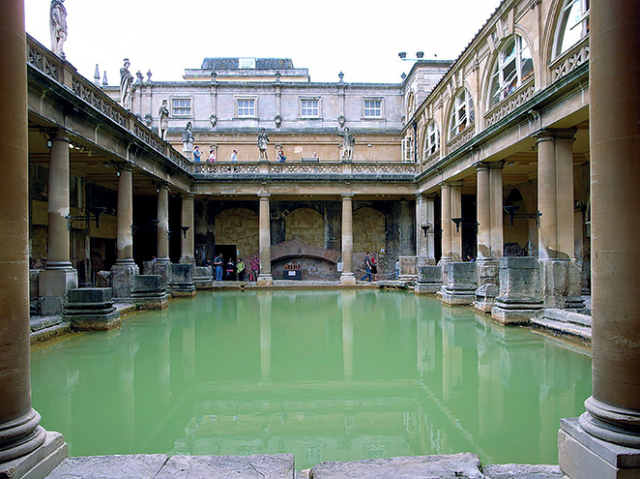Sacred waters: Bath in the Roman Empire
Historian article

Bath in the Roman Empire
Eleri Cousins explores the dynamics of Romano-British religion at the sanctuary at Bath.
What do you think of when you think of Roman Bath? Most of us probably think of, well, the Baths – in particular the iconic image of the Great Bath, with its Roman swimming basin and its Victorian open-air colonnade. (The original Roman structure would have been roofed – they had more sense than to bathe exposed to the British elements.) This isn’t terribly surprising. Not only are the Baths the most spectacular and well-preserved of the Roman remains in the city, but also Bath’s whole modern history predisposes us to think of the Romans ‘taking the waters’ for their health, just as the Georgians and Victorians did, and as people still do today. But Roman Bath – or Aquae Sulis, as the Romans called it – was not primarily a spa town. Indeed, it was not really a town at all – rather, it was a religious sanctuary, dedicated to the goddess Sulis Minerva. And by exploring Roman Bath’s nature as a sanctuary, we can shed light on the complexity of life in Britain under the Roman Empire...
This resource is FREE for Historian HA Members.
Non HA Members can get instant access for £2.49

